Aviation
Russia’s Venture into Spare Parts Production for Western-Made Jets
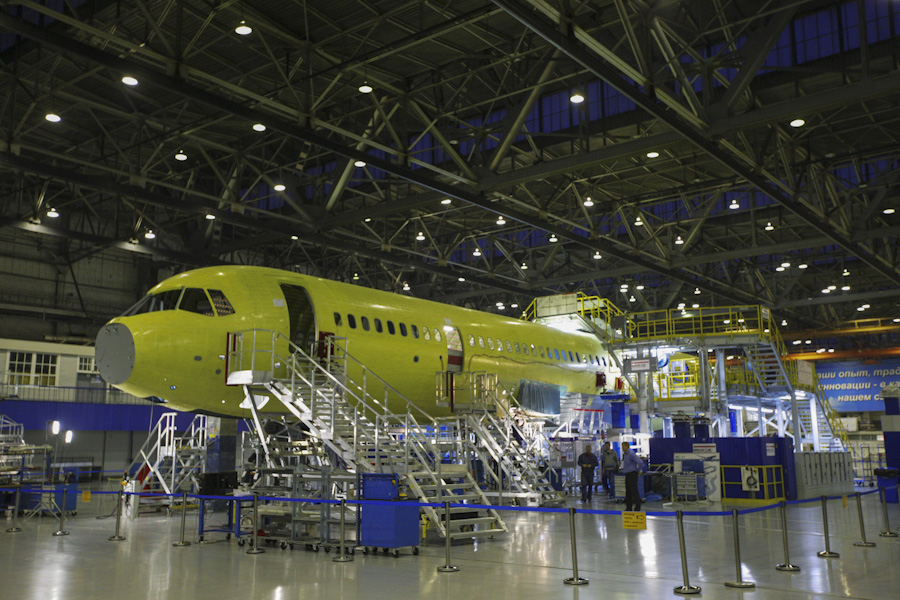
In a strategic move to mitigate the challenges posed by the shortage of spare parts for foreign-made passenger aircraft, Russian carriers are charting a new course by turning to domestic alternatives. At the forefront of this shift are two groundbreaking projects unveiled at the St. Petersburg International Economic Forum on June 6.
Leading the charge is Protektor Group, a prominent Russian MRO provider, which has committed a substantial investment of RUB3.5 billion ($39 million) to establish a cutting-edge facility near Moscow Domodedovo airport.
This facility is slated to specialize in the production of spare parts tailored for Airbus A320 and Boeing 737 narrowbody jets, with operations expected to commence in 2026. With a projected workforce of 800 employees, the facility aims to address the pressing demand for critical components in the aviation sector.
This initiative aligns seamlessly with broader governmental endeavors outlined in June 2022, which envisioned the manufacture of 1,036 airplanes using solely Russian parts by 2030. Bolstering this ambition, the state allocated a substantial sum of 283 billion rubles (U.S. $3.1 billion) in January 2024 to propel the production of 609 aircraft, with a particular emphasis on medium-haul models.
Protektor’s trajectory towards this pivotal milestone has been marked by notable achievements, including receiving production organization approval from Rosaviatsia in 2024. Prior to this, the company had earned certification for the overhaul of landing gear for Boeing 737s, solidifying its position as a trusted entity in aircraft maintenance.
Beyond the realm of spare parts production, the Russian aviation industry is poised for a significant transformation as it gears up to redefine its identity. Sergey Chemezov, the head of Rostec, the state-owned conglomerate overseeing aerospace, engineering, and defense sectors, has unveiled ambitious plans to resurrect the renowned ‘Yakovlev‘ brand. This rebranding initiative extends across the spectrum of Russian-made airliners, signaling a new era of innovation and prominence.

Aviation
How Emirates pilots reduce fuel and emissions during operations
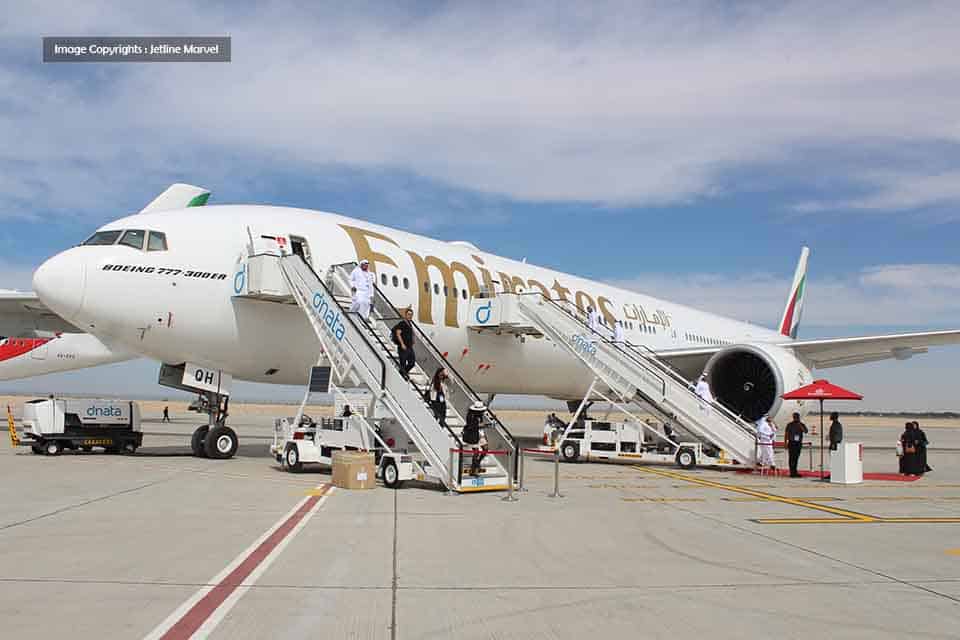
Flying smarter and minimizing fuel consumption and emissions starts in the cockpit. Emirates embarked on implementing “Green Operating Procedures” (‘Green Ops’) in 2016, adopting a multi-pronged approach to reduce on-ground and in-flight fuel use.
This initiative also provides pilots with necessary education, awareness, data analytics, and technology to manage flights efficiently.
Led by an internal cross-functional Operations Efficiency Steering Group, Emirates aims to mitigate unnecessary fuel burn and emissions while maintaining high safety standards.
In the financial year 2023-2024, ‘Green Ops’ and other initiatives helped reduce fuel burn by over 48,000 tonnes and carbon emissions by more than 151,000 tonnes. Key operational measures include:
Discretionary Extra Fuel
- Pilots assess operational circumstances to uplift extra fuel beyond the minimum regulatory standards only when necessary, resulting in a significant reduction of discretionary extra fuel uplift.
Flight Speed Optimization
- Pilots optimize flight speed to reduce fuel consumption while maintaining schedule integrity, as part of Emirates’ standard operating procedures.
Reduced Flap Landing
- Pilots select flap settings that minimize aerodynamic drag, reducing fuel consumption without compromising safety.
Idle Reverse Thrust
- Upon landing, pilots use idle reverse thrust to decelerate the aircraft, depending on runway conditions, to reduce fuel consumption.
Reduced Engine Taxi-In (RETI)
- After landing, pilots shut down one or two engines during ground taxiing, increasing the use of RETI sevenfold since its introduction.
Optimized Flight Routings
- Emirates uses flexible flight routes, optimizing each route for fuel efficiency and time savings since 2003.
Technology and Innovation – FlightPulse
- Emirates introduced FlightPulse, a self-service data analytics tool developed with GE Digital Aviation Services, enhancing monitoring and collaboration for improved safety and fuel efficiency.
Center of Gravity Optimization
- Aircraft are loaded to optimize the center of gravity, enhancing aerodynamic efficiency and saving fuel.
APU Usage
- On the ground, Emirates reduces APU usage in favor of electrical ground power units (GPU), reducing emissions by over 30%.
Adjusted Potable Water Uplift
- Flights upload the required amount of potable water calculated scientifically, reducing weight and ensuring fuel efficiency without compromising passenger comfort.
Through these comprehensive measures, Emirates pilots play a crucial role in reducing fuel consumption and emissions, contributing to more sustainable airline operations.
Aviation
Air India Alters Elderly Couple’s US Flights Without Notice

An elderly couple’s travel plans were unexpectedly disrupted when Air India allegedly changed their tickets and destinations without prior notification, as reported by a user recounting the ordeal.
According to Dushyant Arora, the couple discovered the changes only when they attempted to check in for their flight to Newark, New Jersey, scheduled for June 19.
They were shocked to find that Air India had booked them on separate flights. The husband was re-routed to New York instead of Newark, departing on a different day than originally planned, while the wife’s itinerary remained unchanged.
The couple, unfamiliar with the changes and concerned about flying separately, decided to cancel their tickets. This decision was particularly difficult for the mother, as it would have been her first time flying abroad, and she expressed reluctance to travel alone.
The couple was not contacted by anyone from the airline to inform them of the changes. The tickets had to be cancelled by the couple. In response to the X user, Air India stated that the customer’s request for a complete refund has been fulfilled.
“Dear Sir, we apologise that this happened and assure you that we never plan to interfere with our clients’ travel arrangements. “We have conducted a complete refund in accordance with the primary customer’s request, who was booked in the PNR,” stated Air India.
Aviation
India’s Potential Interest in Russia’s Su-57 Fighter Jet

The Indian Air Force may soon bolster its fighter jet fleet with the addition of Russia’s Su-57 ‘Felon’, a cutting-edge stealth aircraft.
Amidst concerns over a declining number of warplanes in its inventory, military experts like former IAF pilot Vijainder K Thakur underscore the advantages of integrating the Su-57 into India’s defense strategy.
Thakur emphasized that the Su-57‘s advanced features, such as its night vision and tracking system, countermeasures against infrared missiles, and sensors capable of detecting missile launches, make it a formidable addition to the IAF’s arsenal.
Advanced AI and technology for teaming with aircraft.
One of the most notable aspects of the Su-57 is its integration of advanced AI and technology, allowing it to team with both manned and unmanned aircraft.
Thakur pointed out that the Su-57 could carry electronic equipment in its weapons bay to operate as a drone mothership, controlling highly stealthy drones such as the Okhotnik (S-70).
AMCA still 2-3 years from maiden flight
Despite India’s ongoing efforts to develop its own fifth-generation fighter, the Advanced Medium Combat Aircraft (AMCA), Thakur noted that the AMCA is still 2-3 years away from its maiden flight and approximately 15 years from operational induction.
In the interim, the Su-57 could provide the IAF with the stealth capabilities it currently lacks. Moreover, India’s strategic options are limited by its purchase of the Russian S-400 air defense system, which precludes the acquisition of the F-35 from the United States.
Thus, the Su-57 emerges as a viable alternative to bridge the gap until the AMCA becomes operational.
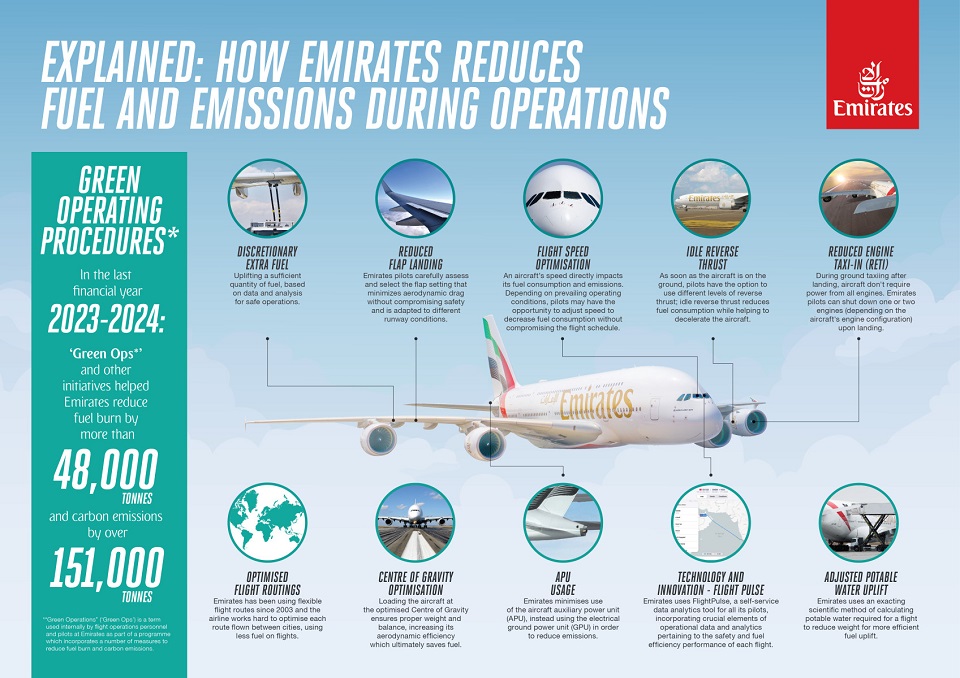


















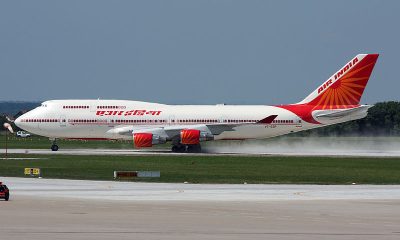

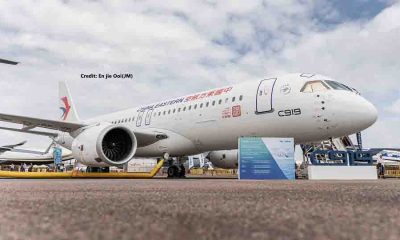

You must be logged in to post a comment Login